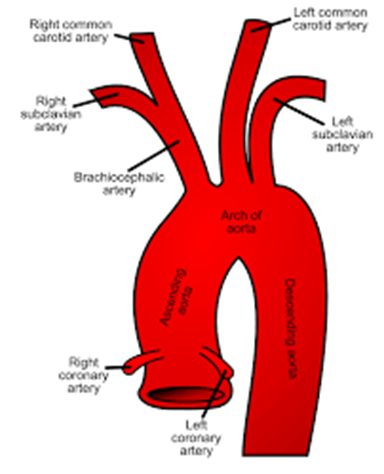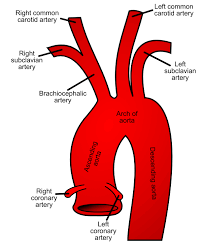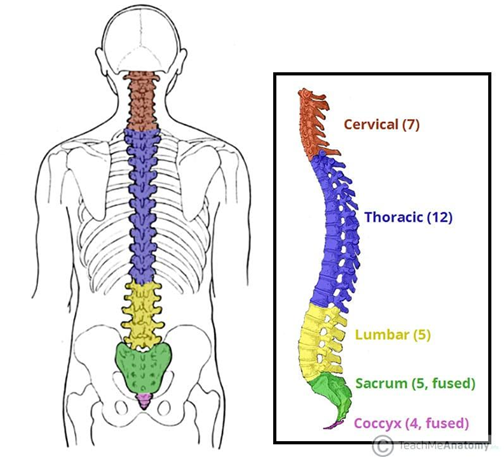Which of the following arteries emerges from ascending aorta?
Left phrenic artery
Left coronary artery
Left subclavian artery
Left intercostal artery
The Correct Answer is B
a. Left phrenic artery: The left phrenic artery arises from the abdominal aorta, not the ascending aorta. It supplies blood to the diaphragm.
b. Left coronary artery: The ascending aorta is the first section of the aorta, the major artery leaving the heart. It branches out to give rise to several arteries, including the left coronary artery, which supplies blood to the left side of the heart muscle.

c. Left subclavian artery: The left subclavian artery arises from the aortic arch, not directly from the ascending aorta. It supplies blood to the left arm and head.
d. Left intercostal artery: The intercostal arteries arise directly from the aorta, not specifically the ascending aorta. They supply blood to the muscles and tissues between the ribs.

Nursing Test Bank
Naxlex Comprehensive Predictor Exams
Related Questions
Correct Answer is D
Explanation
a: Contracts and brings about movement - This describes the function of muscle tissue, not connective tissue.
b: Generates and transmits impulses - This describes the function of nervous tissue, not connective tissue.
c: Covers and lines body surfaces - This describes the function of epithelial tissue, not connective tissue
d. Binds tissue together and supports structures: Connective tissue serves to bind, support, and protect other tissues and organs of the body. It also plays a role in insulation, storing energy, and transporting substances.
Correct Answer is B
Explanation
a: Cervical: 7, Thoracic: 14, Lumbar: 6 - This count for the thoracic vertebrae is incorrect; there are typically 12 thoracic vertebrae.
b. Cervical: 7, Thoracic: 12, Lumbar: 5-The vertebral column consists of cervical (neck), thoracic (upper back), lumbar (lower back), sacral, and coccygeal regions. The cervical region has 7 vertebrae, the thoracic region has 12, and the lumbar region has 5.

c: Cervical: & Thoracic: 12, Lumbar: 5, Sacral: 3 - This count for the cervical vertebrae is incorrect; there are typically 7 cervical vertebrae.
d: Cervical: & Thoracic: 14, Lumbar: Sacral: 4 - The counts for cervical and lumbar vertebrae are incorrect; there are typically 7 cervical vertebrae and 5 lumbar vertebrae.
Whether you are a student looking to ace your exams or a practicing nurse seeking to enhance your expertise , our nursing education contents will empower you with the confidence and competence to make a difference in the lives of patients and become a respected leader in the healthcare field.
Visit Naxlex, invest in your future and unlock endless possibilities with our unparalleled nursing education contents today
Report Wrong Answer on the Current Question
Do you disagree with the answer? If yes, what is your expected answer? Explain.
Kindly be descriptive with the issue you are facing.
